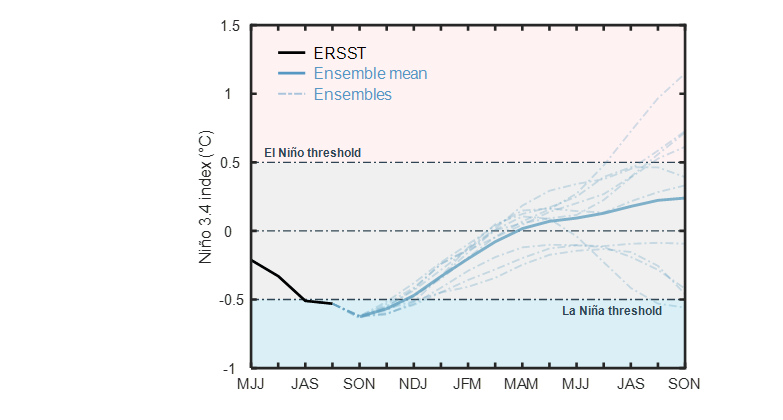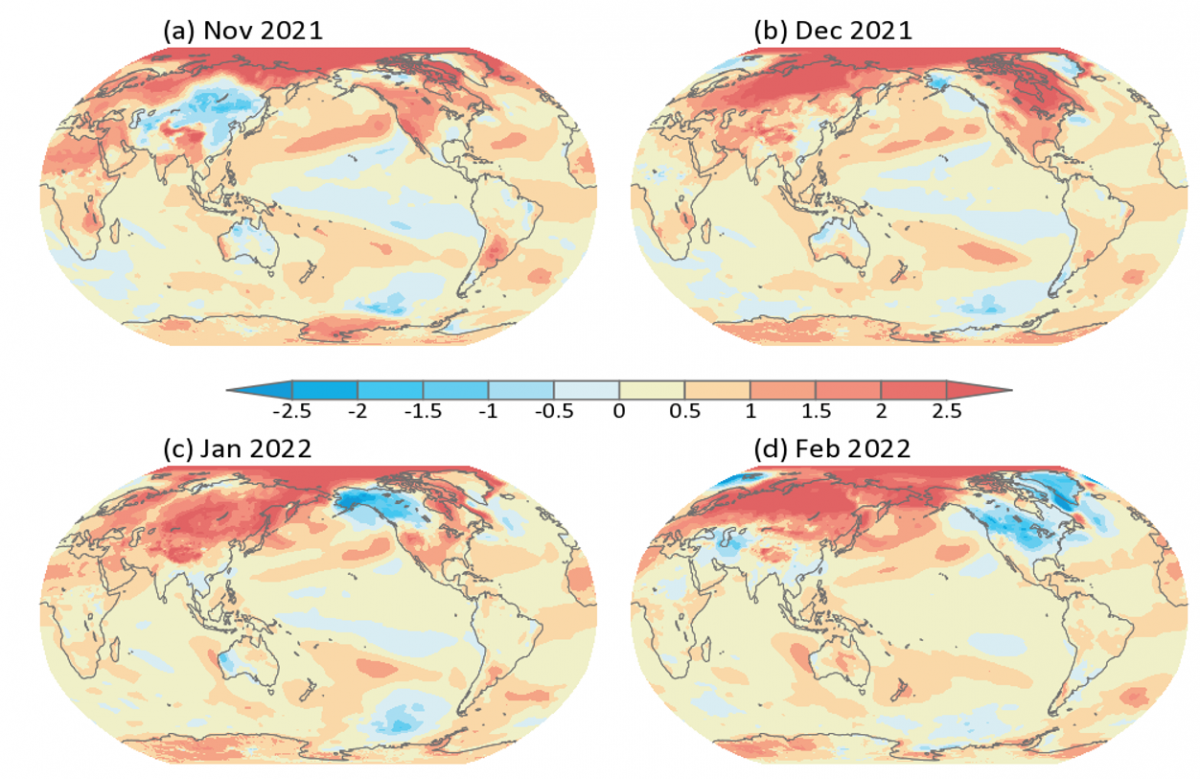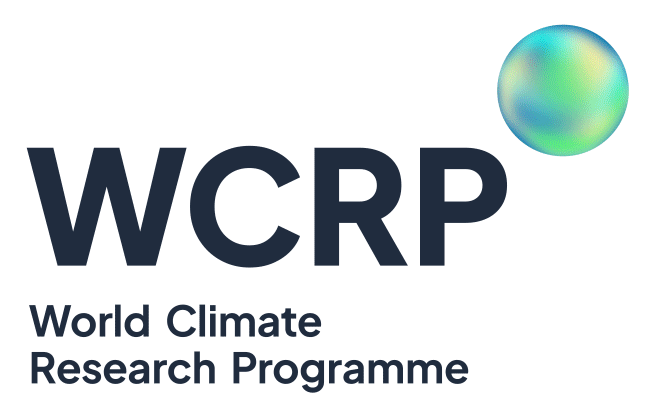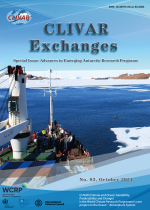Sea surface waves can dramatically improve the simulation and prediction ability of ENSO

Figure 1 Observed (black line) and predicted (blue lines) Niño 3.4 index based on FIO-CPS v2.0. This prediction started from 1st Oct 2021, and an ensemble prediction approach is used by FIO-CPS v2.0 to acquire 10 ensemble runs. The blue dotted lines show each ensemble results, and the blue solid line shows the ensemble mean.
The First Institute of Oceanography Earth System Model (FIO-ESM) v2.0 is developed based on the non-breaking surface wave induced mixing theory, with consideration of other distinctive physical processes including the effect of surface wave Stokes drifts on air-sea momentum and heat fluxes, wave breaking-induced sea spray on air-sea heat fluxes, and sea surface temperature (SST) diurnal cycle on air-sea heat and gas fluxes (Bao et al. 2020). The incorporation of surface wave processes can effectively improve the simulation and prediction skills of SST and ENSO events in the Pacific.
Based on the FIO-ESM v2.0 and nudging data assimilation scheme, a short-term climate prediction system FIO-CPS v2.0 (First Institute of Oceanography - Climate Prediction System version 2.0) has been developed. The latest prediction results starting from 1st October, 2021 show that the Nino3.4 index will be below -0.5℃ from October to December of 2021, which indicates that a weak La Niña event will appear in this coming northern hemisphere winter (Figure 1). In the spring of 2022, ENSO will return to a neutral state. Under the background of weak La Niña, (1) the Arctic will have warm anomalies; (2) Eurasia will be cold in Nov, 2021 and then change to warm anomaly; (3) while North America will show opposite air temperature anomaly patterns than Eurasia (Figure 2).

Figure 2 The prediction of surface air temperature anomaly (unit:℃) from FIO-CPS v2.0 in the winter of 2021/22.
The performance of FIO-ESM v2.0 has been proved in many studies. Recently, Lee et al. (2021, GRL) evaluated the ENSO simulation performance of all currently available simulations of the climate models from phase 6 of the Coupled Model Intercomparison Project (CMIP6). It is reported that the FIO-ESM v2.0 is one of the best climate models in simulating the ENSO amplitude and asymmetry patterns during the past 150 years.
(Summary written by Dr. Yajuan Song)
*************************************************************
References:
Lee, J., Planton, Y. Y., Gleckler, P. J., Sperber, K. R., Guilyardi, E., Wittenberg, A. T., et al. (2021). Robust evaluation of ENSO in climate models: How many ensemble members are needed? Geophysical Research Letters, 48, e2021GL095041. https://doi.org/10.1029/2021GL095041.
Bao, Y., Song, Z., Qiao, F. (2020). FIO‐ESM version 2.0: Model description and evaluation. Journal of Geophysical Research: Oceans, 125, e2019JC016036. https://doi.org/10.1029/2019JC016036.














Add new comment